The bed, the shark, the bullet: Besides his classmates from Goldsmiths College, Sarah Lucas, Tracy Emin and Damien Hirst, 46-year-old Mat Collishaw made the YBA movement the pivotal junction of the art world in the 90s.
At the legendary first Freeze exhibition he showed “Bullet Hole,” his best-known work until today—a large photograph, showing a head being fractured by a bullet. It paved the way for subsequent work dealing with controversial subjects such as diseases, transience, sex and violence. In July 1988, the legendary art show that was mainly organized by the 23 year old Hirst staged in London’s Docklands becoming one of those magical moments in modern art history where the likes of Charles Saatchi attended the students show and purchased art works of Collishaw and others. Since his debut, Collishaw, in contrast to his highly visible peers, always flew a bit under the radar.
A fusion of mystic symbolism and modern video technology, butterflies, Victorian science and imagery inspired by pathology books is till this moment the characteristics of his work. His fascination with popular source material and textbooks was part of the YBA revolt against abstraction.
Before we met Mat at his beautiful house in Southeast London, I read on the website of his gallery Blain|Southern a strong quote he once made about his art: “I wanted to punish the viewer … I wanted to supply content that had a high level of social responsibility. Not things that you could look at in a lazy or uncommitted way.”
With all this information making a impressions on us, we were pleasantly surprised about the friendly and well-mannered gentleman that welcomed us in his bright and spacious home just around the corner from Goldsmiths College.








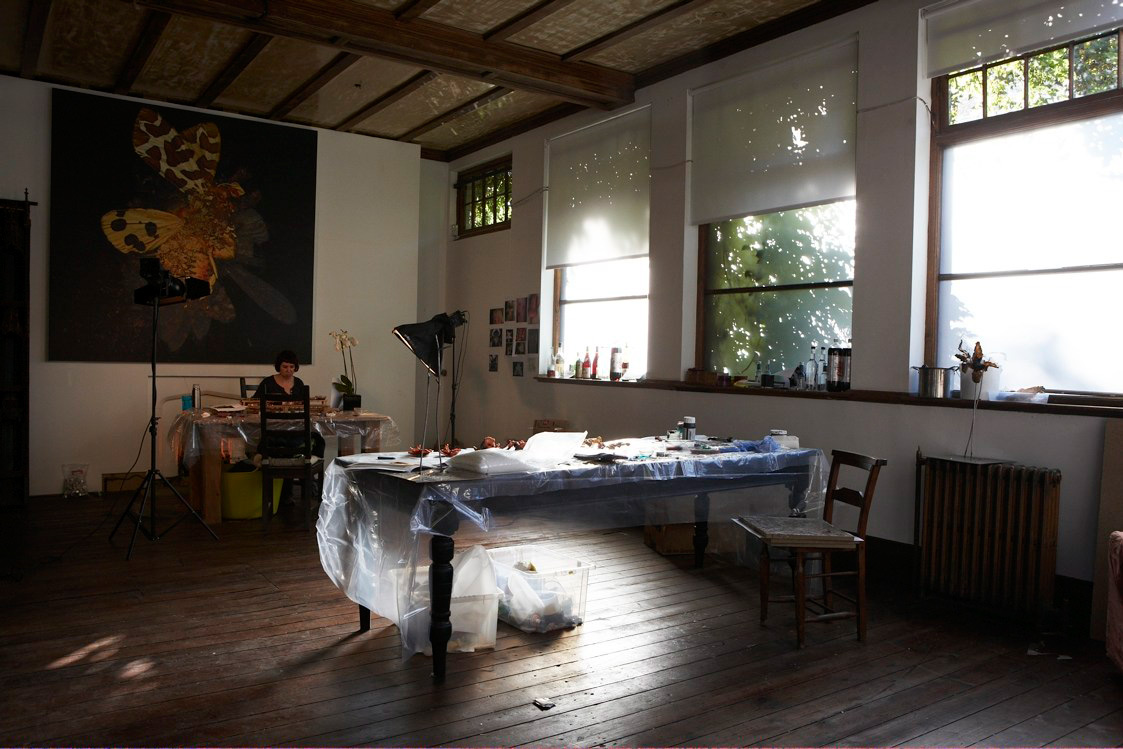









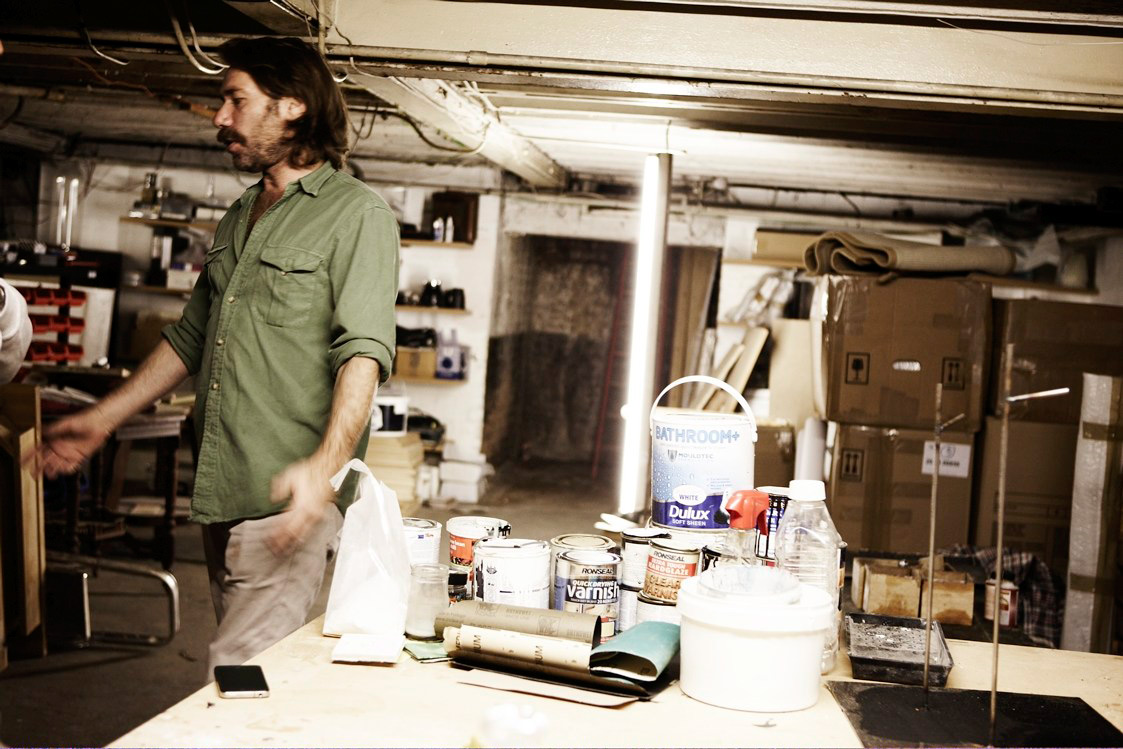

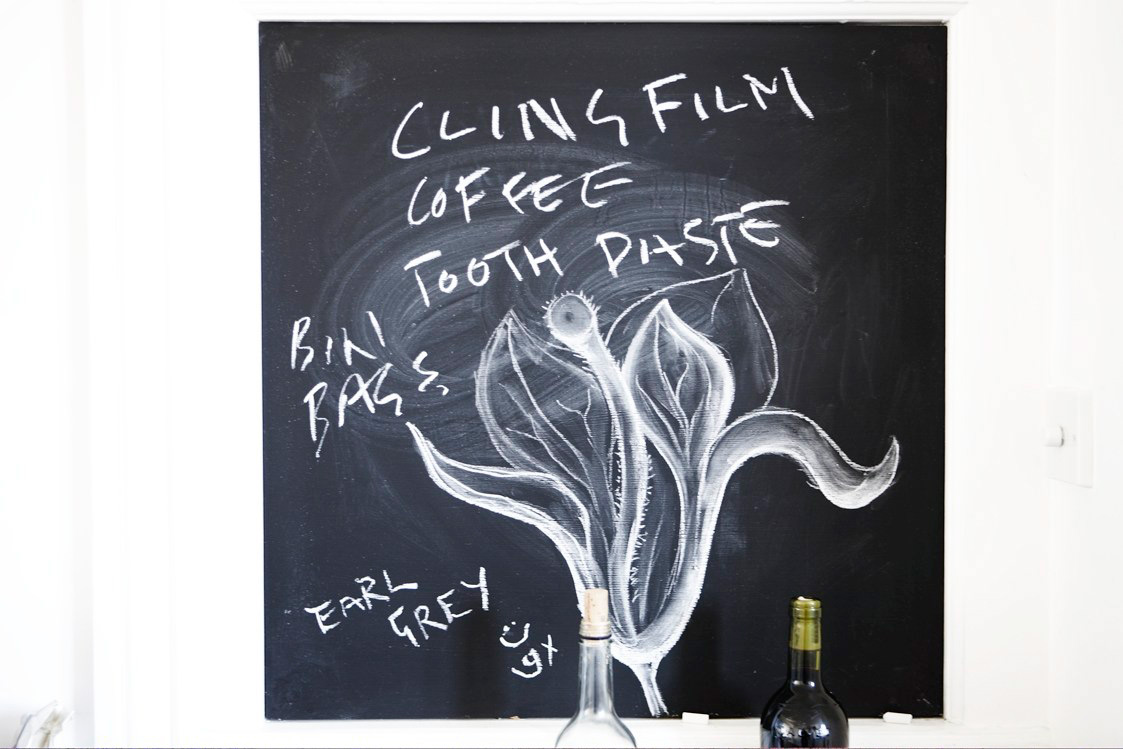
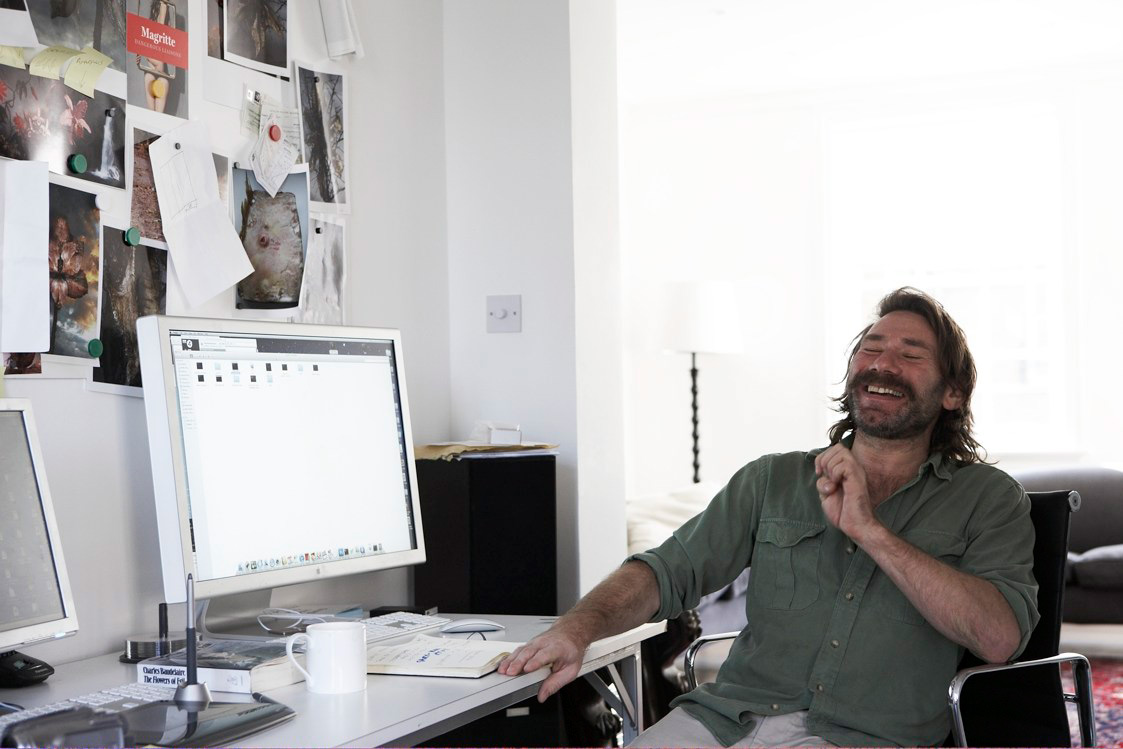





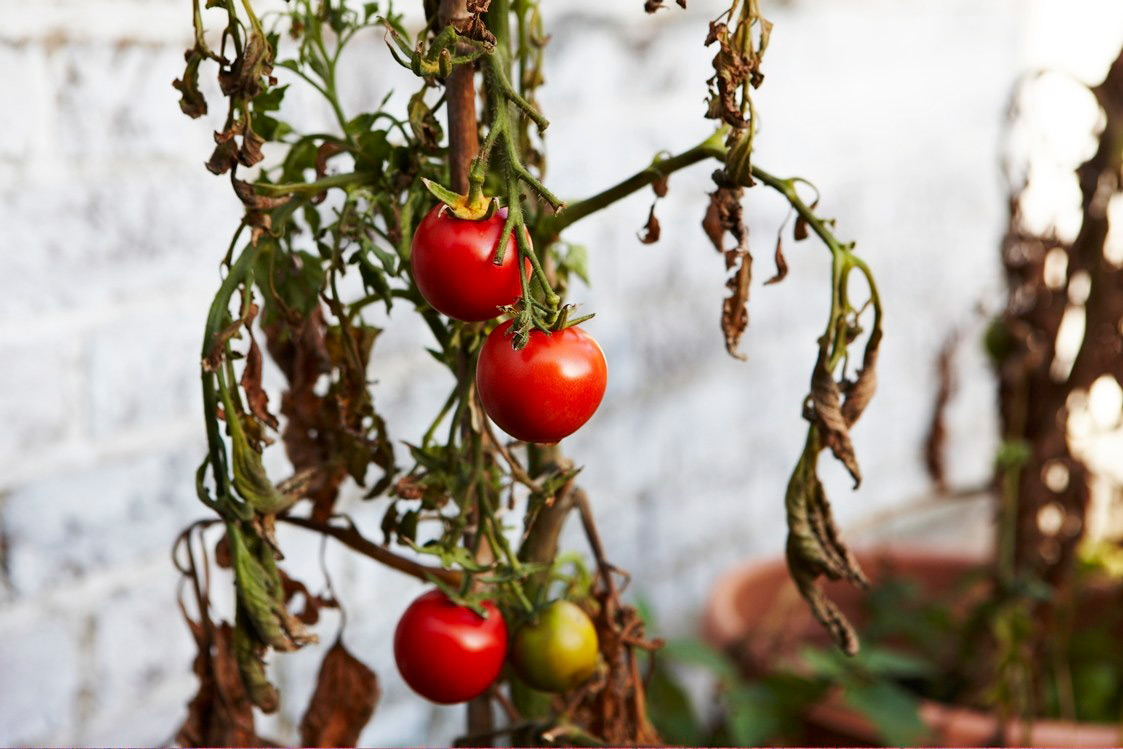






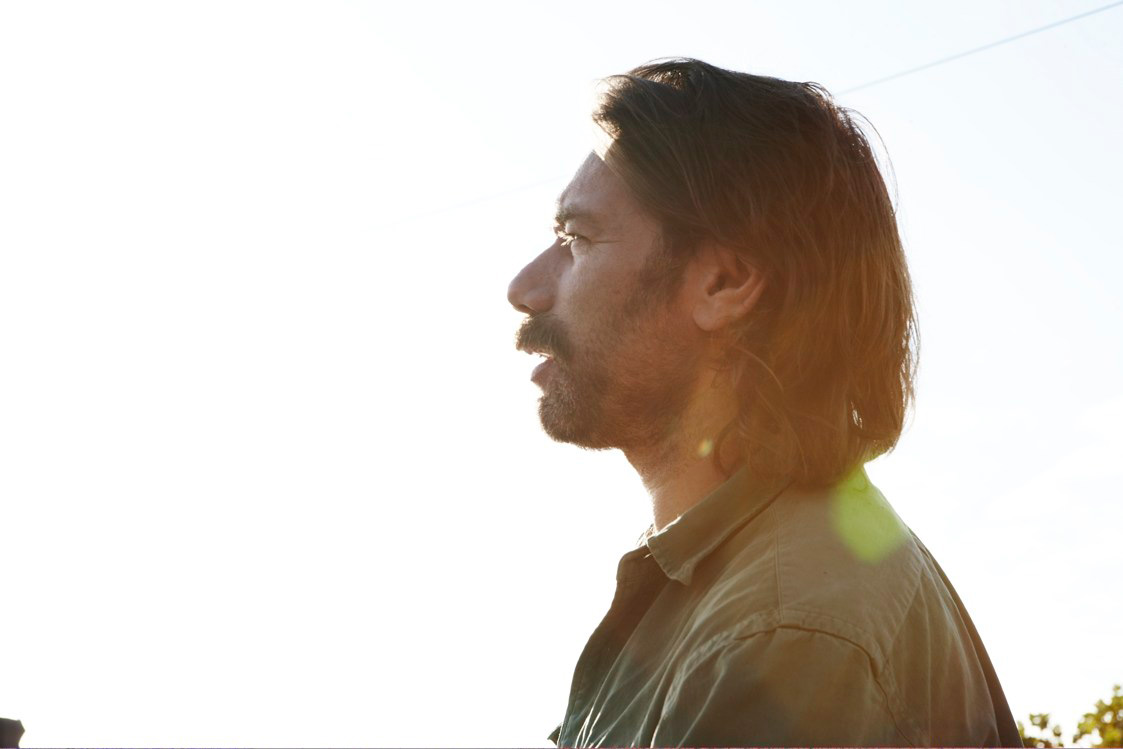

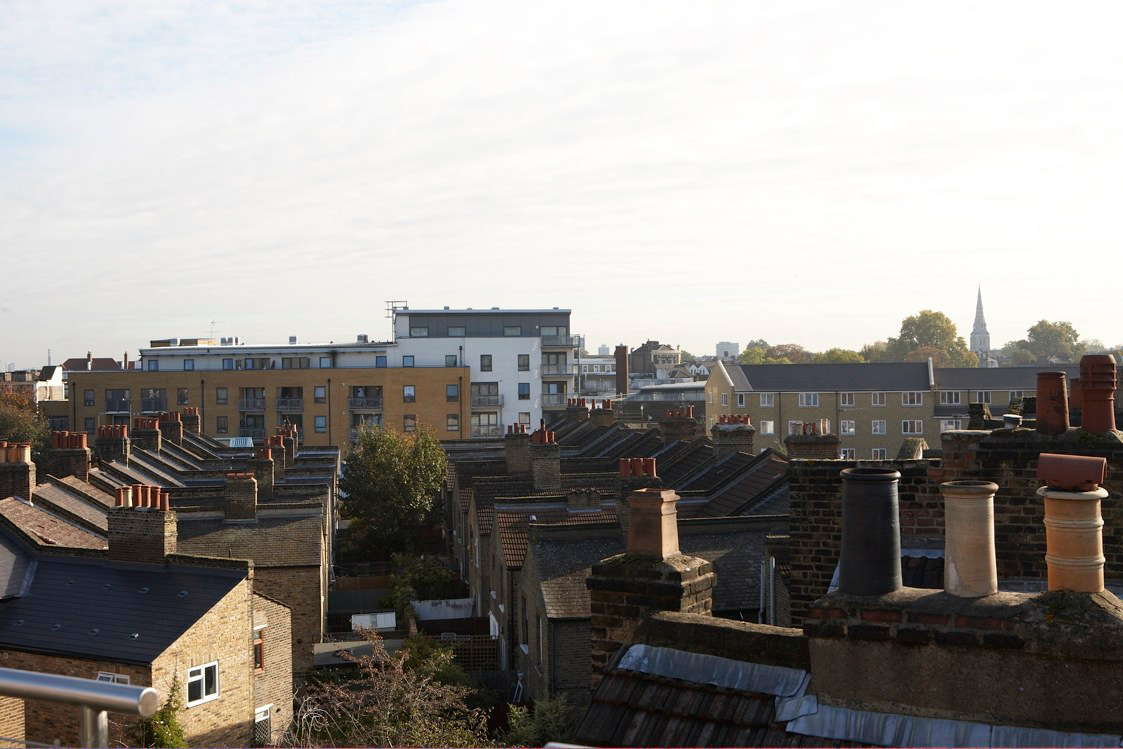


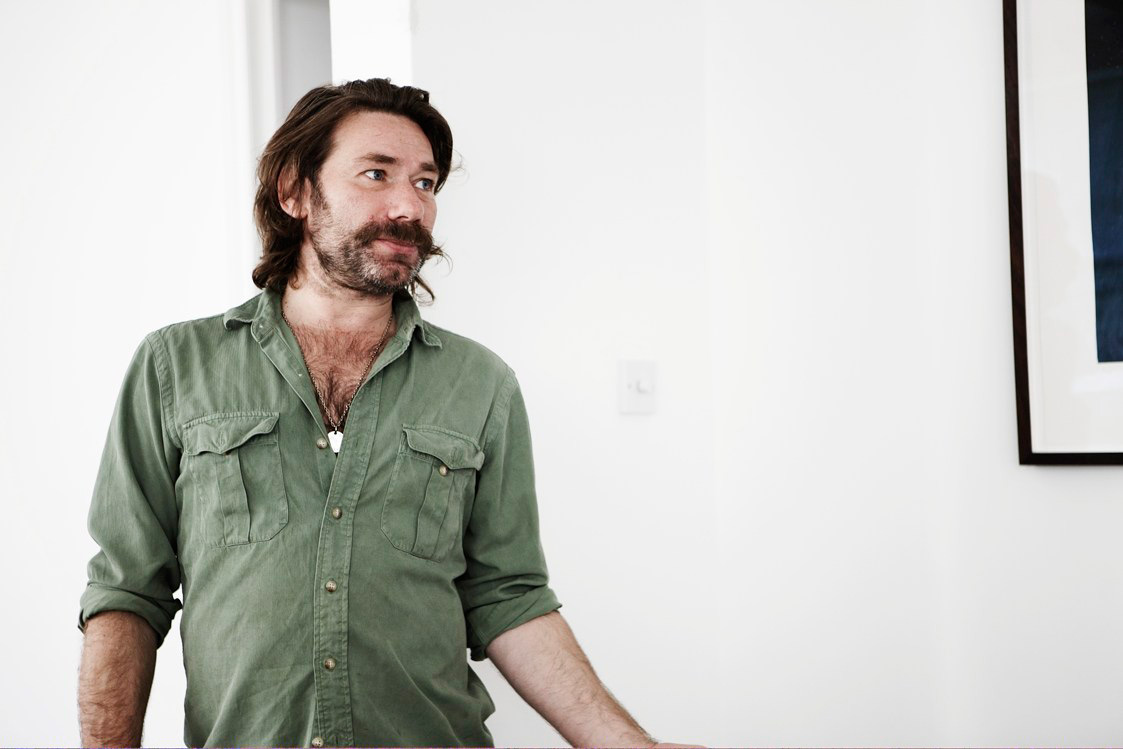








Let’s talk about the house because we love interiors as you already know…
I didn’t do anything to the building myself but I got some builders to help. I just had to decide on things that stayed, like the organ and a few other things – everything else got ripped out and then I knocked the walls through because there was a big wall across, so it was kind of one big space. I stained the floor boards, retouched all the trimmings that were kind of fucked. Put all these little lights in the ceiling and put in a new fire place and took care of the old one. So I’m not practically keen on the aspect but it looks nice to have a house with the fire burning. It gives an amazing feeling because this is an old building.
It was totally run down when you first walked in?
Yeah there is a lot of imagination that went into this house, you know It was a pub before and then they used it as a photo studio for about ten years. So for example every wall had a different wallpaper because they were using it for shoots- the whole thing looked horrible.
Why did you move here?
Well, this home cost a million pounds and I don’t think you’d get anywhere like it in the rest of London. There is a yard out in the back as well, terrace around there and then four bedrooms upstairs, a bathroom and then on top of that there’s a big flat roof for barbeques plus there’s a big basement as well. It’s a lot of space for that kind of money in London, I mean really exceptional. It’s 13 minutes from the center of the city, and to live there would cost twice as much or even more for this space. So I’d prefer to live in Camberwell in South London, which is still under development and have the space rather than to live with the people who have their little hats on, with their little bikes, I don’t need that shit. Let me have my space!
What inspired you to study art or to make a living this way?
I don’t think I had a choice really. I did a foundation degree in art at Nottingham, where I come from. There you have options to specialise in the graphic design, theatre, textiles, industrial design, all fine art and I did a few different ones but I decided that I wasn’t really interested in doing things that have practical applications. I wanted to do things that were about humanity, about why are we here, having something to reflect that deals with metaphysics, with something more than what is just physical- like ideas, things that are communicated through images.
So that was my interest, I knew I wanted to see a fine art course, so after a foundation degree basically you go to look at the art colleges. You go to Wimbledon and Chelsea to see what the temperature is there, to see what’s happening. I went to look at Chelsea where they had a watercolour class and some kind of sculpture class. Then I went to Goldsmiths College and I just saw one guy with like seven blank canvases on the floor and he’d be just sitting there with his head in his hands for an hour and I thought- that’s the place for me! Somebody here’s just struggling with what the fuck do I do? It’s not just someone whistling away and painting like it’s just an enjoyable pass time, but somebody that really thinks about it. So I decided to go to Goldsmiths, which had more of an emphasis on ideas and bigger concepts.
Can you tell us a little bit about that…the feeling and how it all came together?
The Goldsmith’s College which is where a lot of us like, Damien and Sarah Lucas and Gary Hill, we all went to college together and at that time it was amazing. I think if everybody who arrived there was like a misfit really- they’ve not had a proper education but definitely wanted to do something. But when we arrived it was a very free-thinking college. It was more like a conceptual art bias and the teachers there were more cerebral. But they were also practicing artists themselves, they were out there showing in galleries and museums around the world, like Michael Craig, Martin and Richard Wentworth, Mark Wallinger and John Thompson who was the head there, so they are actively involved and they were all very interested in talking about what you were making, why you were making it, what’s it for and all this kind of things.
Can you tell us about the first show you did together with the YBAs and how that came about?
Yeah so we did the first show, Freeze, which is quite famous now, when we were at the end of our second year of university and we showed over at the docklands. We had a slight professional approach to the whole thing which kids didn’t really do in those days. So we found an old building, got permission to use it, got some sponsors and spent weeks just ripping the place out, building walls, painting it and just getting everything ready- invitations, drinks and a little catalogue. Then the work was also quite resolved in a way, it wasn’t just bits of shit. It all looked very confident and quite large in scale and presented in that environment which was kind of based on the Saatchi Space that had opened a few years before in Swiss Cottage.
What year was that?
1988.
So was there this excitement in the art world in 1988, where more and more galleries were opening up and developing more into an industry?
Not at all really, I mean you had galleries like Anthony Doffey and the Lisson Gallery; that were quite professional international galleries. Other than that galleries were quite small scale, we had a few other people like Maureen Paley and of course Karsten Schubert. They had younger, smaller operations that were kind of with international connections but generally you would go to openings and they’d be serving like warm white wine and a big carpet on the floor, sometimes carpets on the walls at the gallery, stuck in a 70s mode still at that time. There was no Tate Britain at the time and the Turner Prize had just been introduced so there was a little more interest on the TV with contemporary art.
And what was it like before this?
Before that all happened it was desperate the scene in England and London specially, you had people like David Hockney, Richard Hamilton, Lucian Freud and Bridget O’Riley who came from a similar generation, but they weren’t that young anymore. They were artists that were high-browing away and when others came along dealing with issues from the tabloid newspapers and medical textbooks and using things that were more accessible. Then the media picked up on it and it became the self-perpetuating prophecy, which perversely promoted the whole thing even though they were criticising everything.
Can you walk us a little bit through the process of how an idea for your art work comes along?
I think that I was bored just by the kind of art work around at the time, where you go into a gallery and you see work which is formally quite nice, but it doesn’t really engage you in any way. So I wanted to introduce subject matter, that was debased in a way instead of a debasement of humanity or try to make something that people engage with; it’s like a human experience. It is mediated by being art, but those barriers are not really evident. You’ve got something like cruelty or something shocking even perverse, so I wanted to use that for that reason – to break through that barrier and just for myself to get a charger from looking at the art works. I went into the galleries always looking for parts of the real world in there, but I also try and make work that is engaging and seductive as well as being embracive at the same time.
Can you give us an example?
I was reading Les Fleurs du Mal (Flowers of evil) and Jean Genet books, where he was talking about his lovers in the prisons, and they would be covered in wounds, pastures or have amputations. Instead of seeing that as somewhat awful or disgusting, John saw them as embellishments and like medals that adorned them in some way. With such a perverse way of looking at something that’s a moral and non-judgmental. So I started making digital images of flowers using skin diseases, as I didn’t agree with the cosmetic look flowers have been given, for example if you look around and see birthday cards with drops of dew on the petal – this image has killed them. Flowers are predatorily sexual creatures that are trying to survive and breed. That’s what I wanted to represent in my flowers, they are animals. To make something immediately seductive and at the same time repulsive. I like to deal with the issues of obstinacy of morbid images and why we are attracted to such images.
Thank you Mat, for this interesting interview!
If you would like to see his works for yourself, drop by CGP Gallery, London, for his exhibition “The End of Innocence“. Preview: April 19th, 6.30 – 8.30 p.m., open 20 April until 27 May 2012.
This portrait is part of our collaboration with ZEIT Online, have a look at their take on Mat Collishaw here.
Photography: Antoine Breant
Interview: Frederik Frede, Tim Seifert
Text: Sarah Weinknecht
